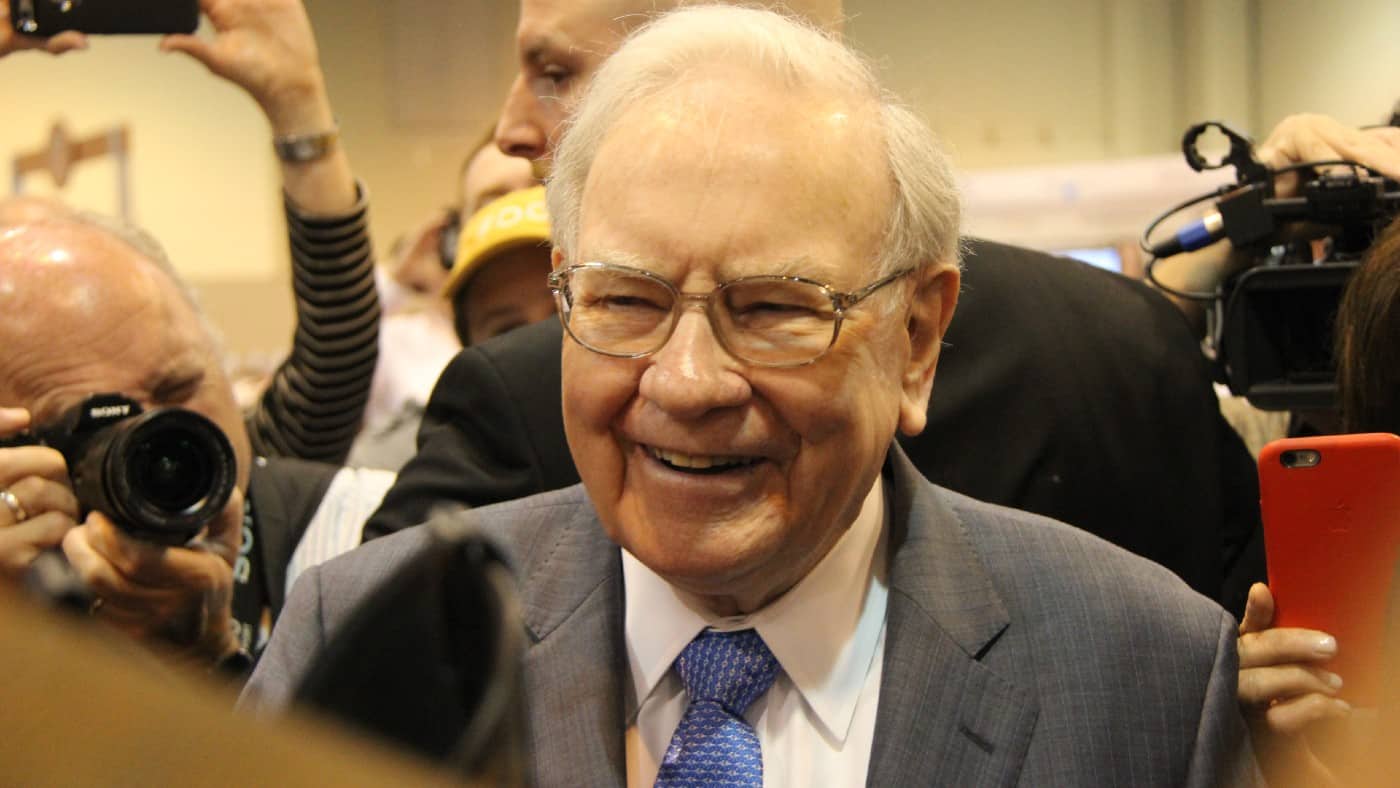Warren Buffett’s story of turning a few thousand dollars into billions is well-known within the investing community and even beyond. The value investor’s keen eye for competitive advantages and valuation has enabled him to propel his wealth to massive levels. And for investors just starting off on their investing journeys, adopting some of Buffett’s techniques could help build substantial wealth in the long run.
Patience is a virtue
Investing is often depicted in movies and the media as a fast-paced casino-like endeavour. The reality is quite the opposite. Warren Buffett doesn’t ‘trade stocks’. He invests in businesses. And that means most of his time is spent reading rather than buying and selling shares.
The Oracle of Omaha has often said his favourite holding period is “forever”. But owning shares in a mediocre business for years, even decades, isn’t going to build wealth. In fact, it will could destroy it.
Therefore, before making any investment decision, Buffett carefully investigates and analyses each potential candidate for his portfolio. And most of the time, companies fail to meet his rigorous standards.
All too often, new investors rush to buy the most popular stocks and put their money to work. But this impatient approach often results in a sub-par portfolio that quickly fails to live up to expectations.
There aren’t that many truly fantastic enterprises out there. These are the companies that are most likely to deliver the huge returns Warren Buffett has enjoyed since the 1960s. And finding them is a time-consuming process that mustn’t be rushed.
Understanding the margin of safety
Even if an investor successfully identifies one of the best businesses in the world, that doesn’t necessarily mean it will be a good investment. Stock prices can be volatile. And too much excitement surrounding a business can lead to absurd valuations.
Overpaying for a top-notch stock can be just as bad as investing in a mediocre business. Of course, determining the fair price to pay for a stock is easier said than done. Professionals often use complex discounted cash flow models, which aren’t easy to build accurately. But a quick glance at something like the P/E ratio can provide easy insight into a firm’s relative valuation.
By comparing this ratio to the industry or historical average, investors can get a rough idea of whether a stock is trading at a premium or discount. However, even after landing at an estimated valuation, Warren Buffett applies one final step called the margin of safety.
He’ll reduce his estimated valuation by a certain percentage depending on the uncertainty surrounding a business. And if a wonderful company is trading firmly below this lower valuation threshold, then he’ll finally hit the buy button.
The bottom line
Investing like Warren Buffett isn’t the most exciting process. It involves a lot of reading and waiting that usually leads to a rather boring experience. And yet this buy-and-hold long-term strategy is precisely how he’s built one of the biggest fortunes on the planet.








